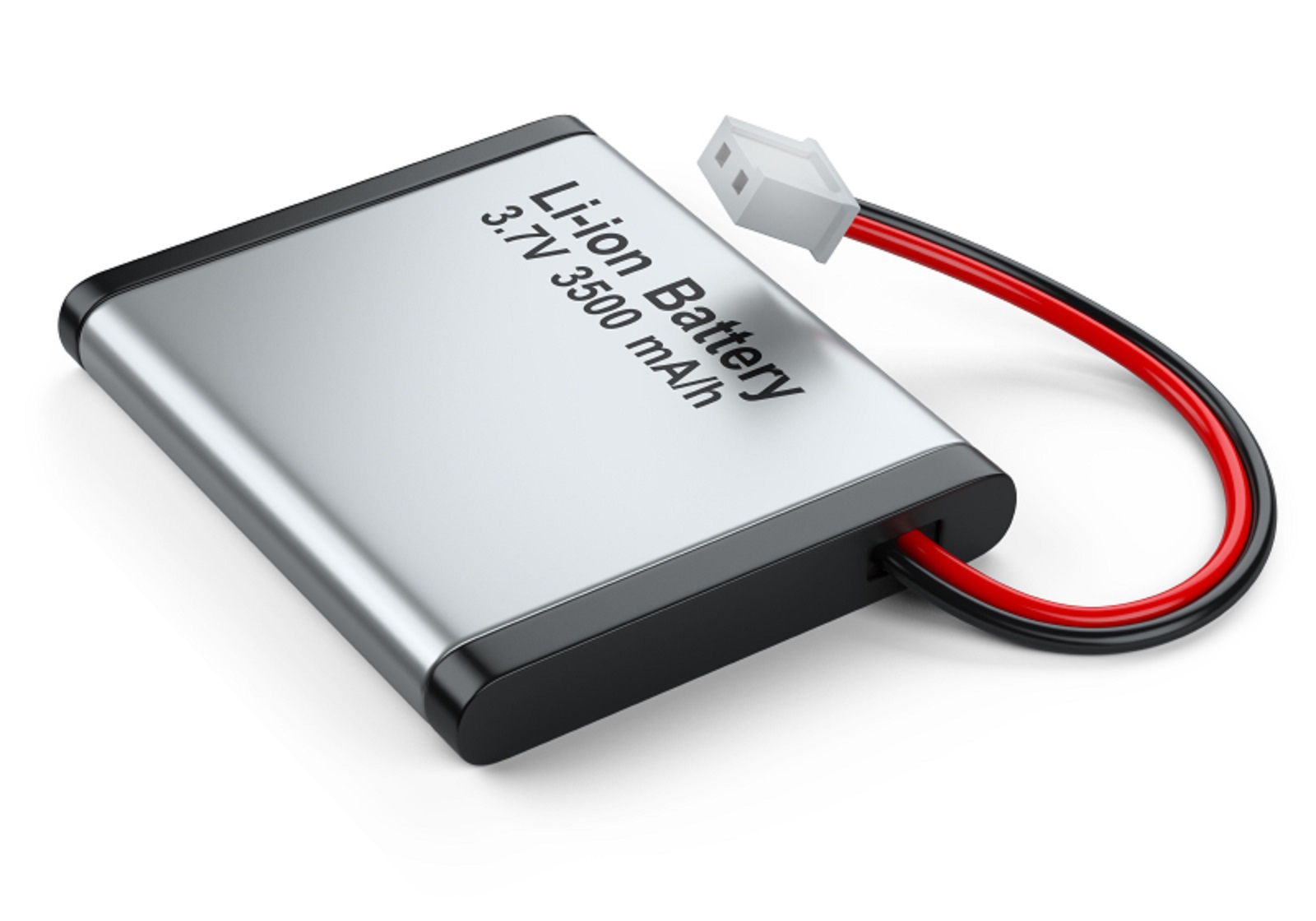Commodity Spotlight – The Boom of Lithium-Ion Batteries
Safely managing used lithium batteries has become a significant challenge for the waste industry. The Northeast Recycling Council (NERC) and the Northeast Waste Management Officials’ Association (NEWMOA), in partnership with the Northeast Resource Recovery Association (NRRA), recently held a free two-part webinar series on this important topic that explained how lithium-ion batteries are used and how to safely manage them.
Lithium-Ion Batteries Generally
Lithium-ion batteries, often called rechargeable batteries, have been dominating the battery market in most recent years. With their versatility, convenience, and small, lightweight design these batteries are becoming common in tools that have not been traditionally battery operated. Examples include chainsaws, vacuums, leaf blowers, etc. Lithium-ion batteries have a lifetime spanning roughly 8 to 10 years. The Lithium-ion battery market was valued at 37.4 billion dollars in 2018, speaking to the popularity of this battery type.
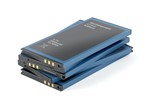
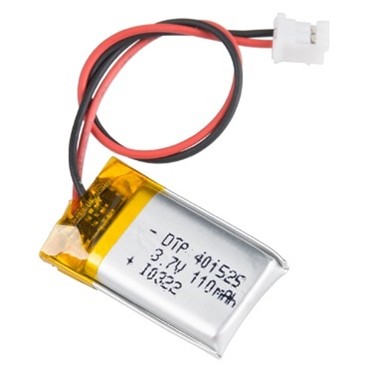
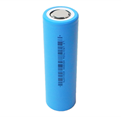
Most common lithium-ion battery cells are in the form of prism (left), pouch (middle), and cylinder (right).
But why lithium-ion? Lithium batteries are known for their high energy density, rapid charge, long life cycle, environmentally conscious production, and being maintenance-free.
Fire Risk
Despite lithium-ion batteries being an ideal energy source, there are factors that make them dangerous and difficult to recycle. Lithium-ion batteries have the possibility of venting and thermal runaway, degrading at high temperatures, issues with rapid charging, transportation dangers, and a complicated structure, making it difficult to isolate the battery cells. The two most common reasons that a lithium-ion battery will catch fire is due to the crushing of cells in compaction, or the touching of terminals. Additionally, vents in some batteries have been known to explode. Overcharging, or charging using an unsupported source, can be a fire danger for consumers as well. As shown in the following table, fires at waste and recycling facilities have increased in recent years. Experts believe many of these fires can be traced to lithium-ion batteries.
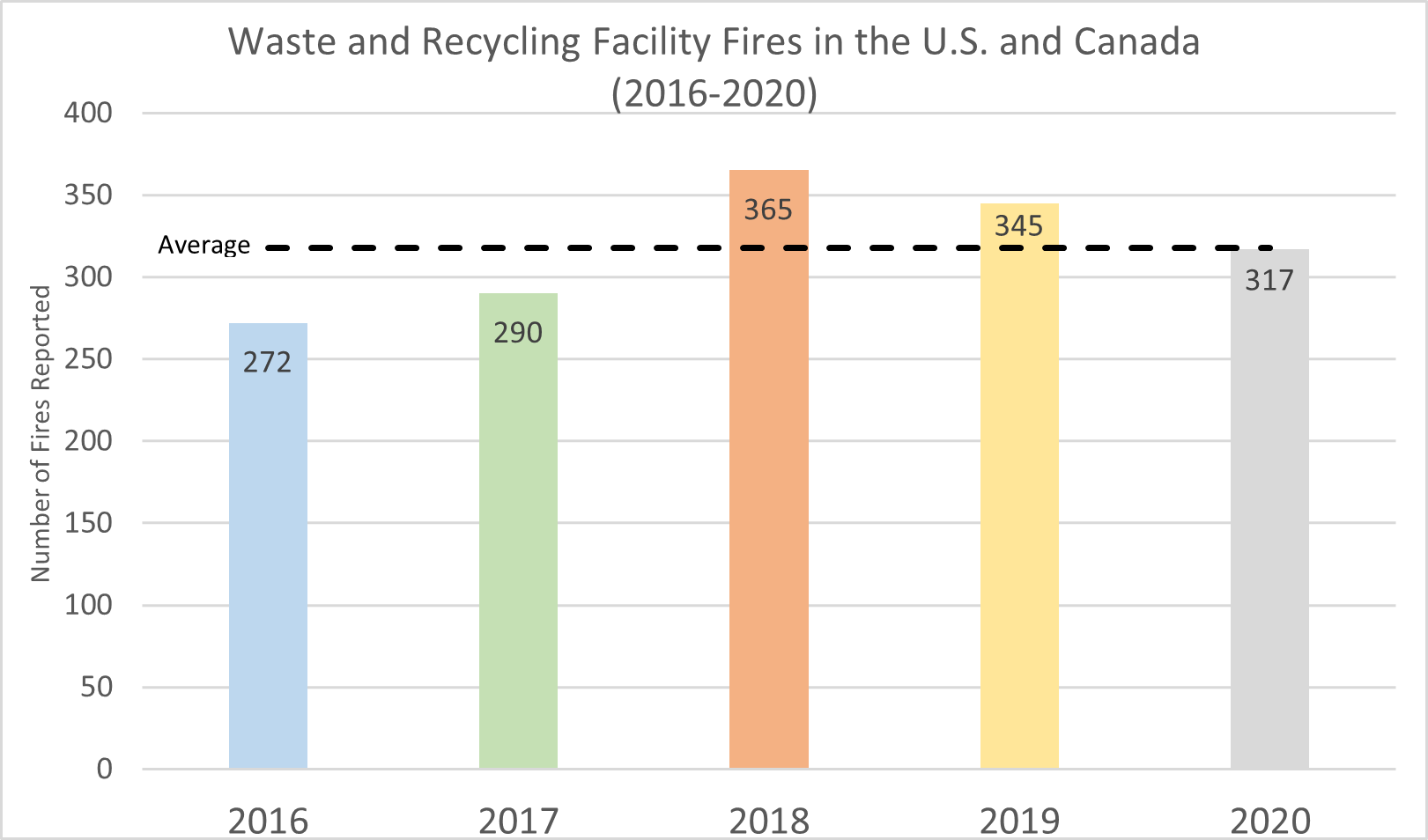
Reported Fire Statistics, Ryan Fogelman for Waste360 (2021).
Tips for Safety Management
At your facility, utilize clear language and communication with the public about your battery policy and who has responsibility for handling items. One tip is to use your transfer facility’s website or hang flyers relaying that batteries are not safe in the waste stream, terminals must be taped, and that curbside disposal is not wise!
In terms of operation, one tip shared by Marc Morgan, the Solid Waste Manager of NRRA member community Lebanon, NH, is to “Realize you will get these devices. Work on prevention of items coming in the waste stream.” Preparation for incoming lithium-ion batteries is critical to prevent fires. One step to take is to train staff on inbound material detection by learning to identify devices that contain these batteries. Facilities can also increase safety by developing a battery storage system, such as separating damaged from undamaged batteries, taping terminals, and storing small numbers of rechargeable batteries in a covered metal sand bucket. Lastly, know your fire suppression and develop a relationship with your local fire department. They can be a huge resource in helping your facility develop a response plan for battery fires!
Resources
The recordings and presentations are available for the Lithium Ion Battery Webinar Series. For more tips and reference documents on battery safety visit Safety at NWRA or Call2recycle for more information.
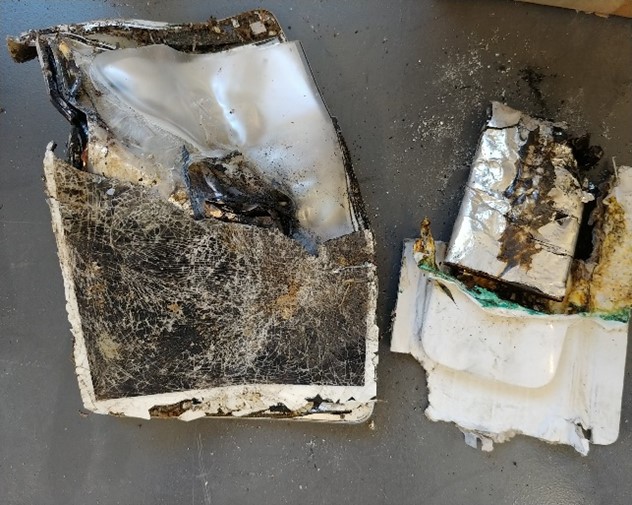
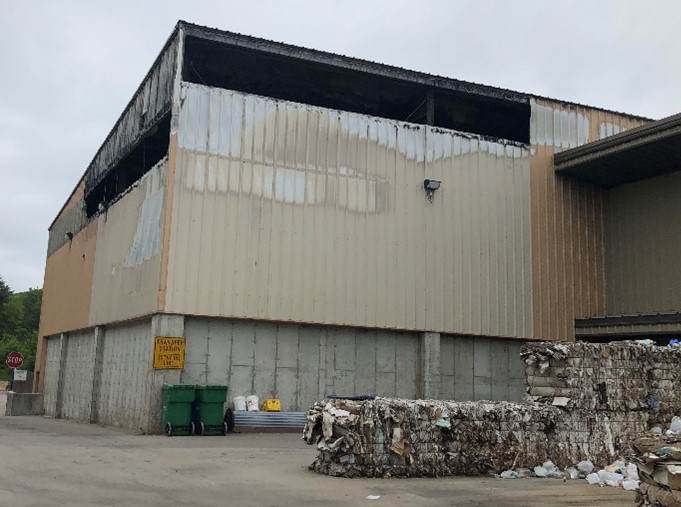
Exploded battery at Lebanon, NH (left) and damage to Keene, NH facility from battery fire (right).
Looking to add a Lithium-ion battery recycling program to your community? Check out our battery recycling information sheet about Call2Recycle’s programs, including a FREE rechargeable battery collection box (with a quick required training) and a drop-off location map. You can also reach out to the NRRA’s Member Services Team with questions or help setting up your program. Recycle safely!
